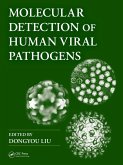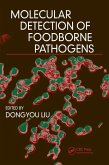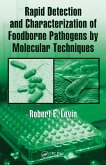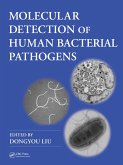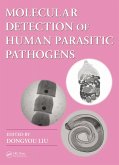Microbial quality of water is a prime public health concern in today's world. To protect public health, the World Health Organization and the U.S. Environmental Protection Agency have established microbial pollution indicator standards and recommended routine monitoring of water for both total and fecal coliforms. However, the adequacy of current water quality standards to indicate the presence or absence of human pathogens is still questionable. For example, human viruses are more resistant to sewage treatment processes and environmental conditions than bacterial indicators and therefore may pose a substantial threat. It is now recognized that the absence, or a low concentration, of indicator organisms in water may not adequately reflect the absence of human viruses. In our previous study of southern California coastal waters, we found over 30% of coastal waters tested contained human viruses, and the presence of these viruses did not correlate with an elevated level of bacterial indicators (Jiang et al. 2000). The goal of this research is to develop and validate a molecular method for rapid and specific detection of microbial contaminants including human viruses and bacterial indicators in treated sewage effluents and receiving waters.
Dieser Download kann aus rechtlichen Gründen nur mit Rechnungsadresse in A, B, BG, CY, CZ, D, DK, EW, E, FIN, F, GR, HR, H, IRL, I, LT, L, LR, M, NL, PL, P, R, S, SLO, SK ausgeliefert werden.




